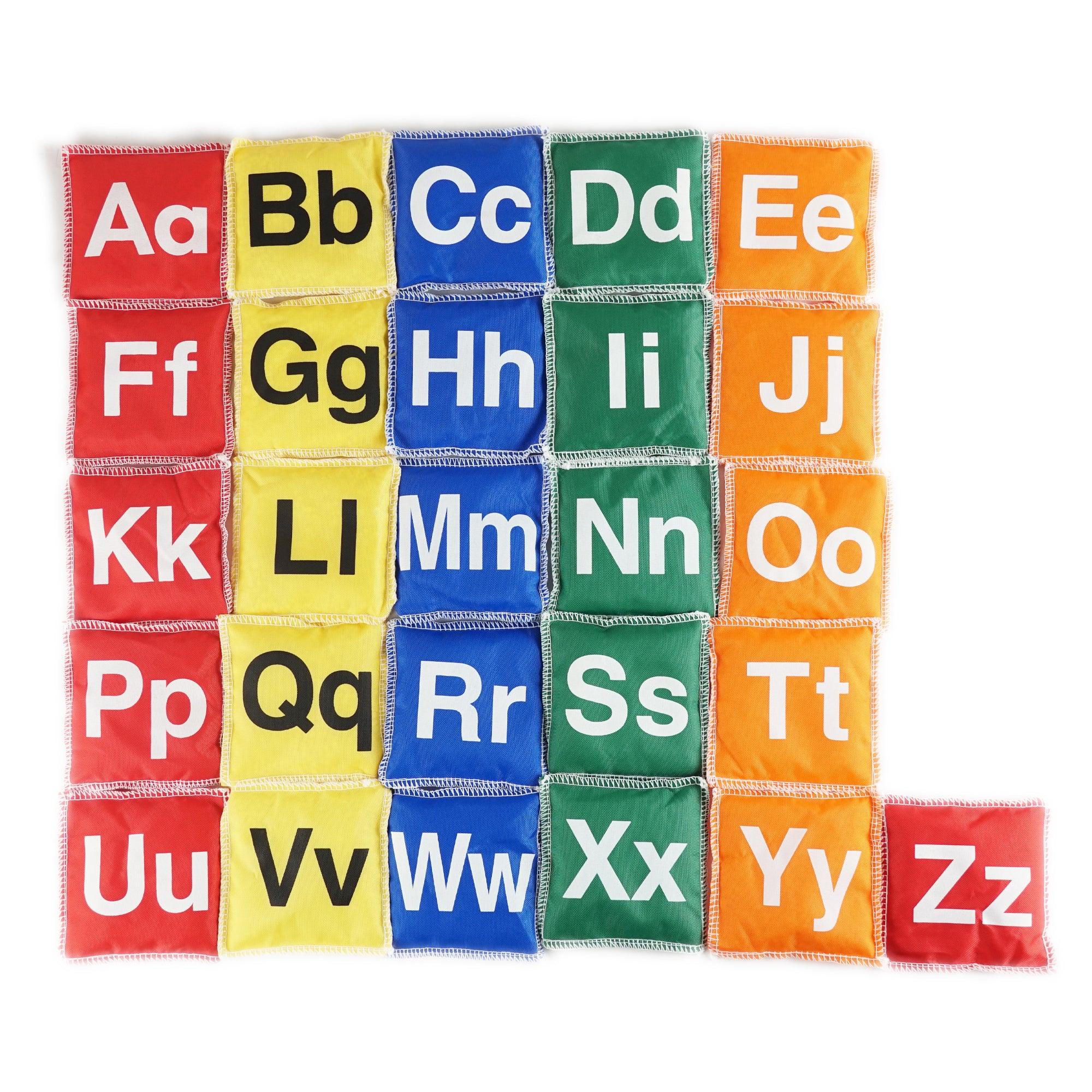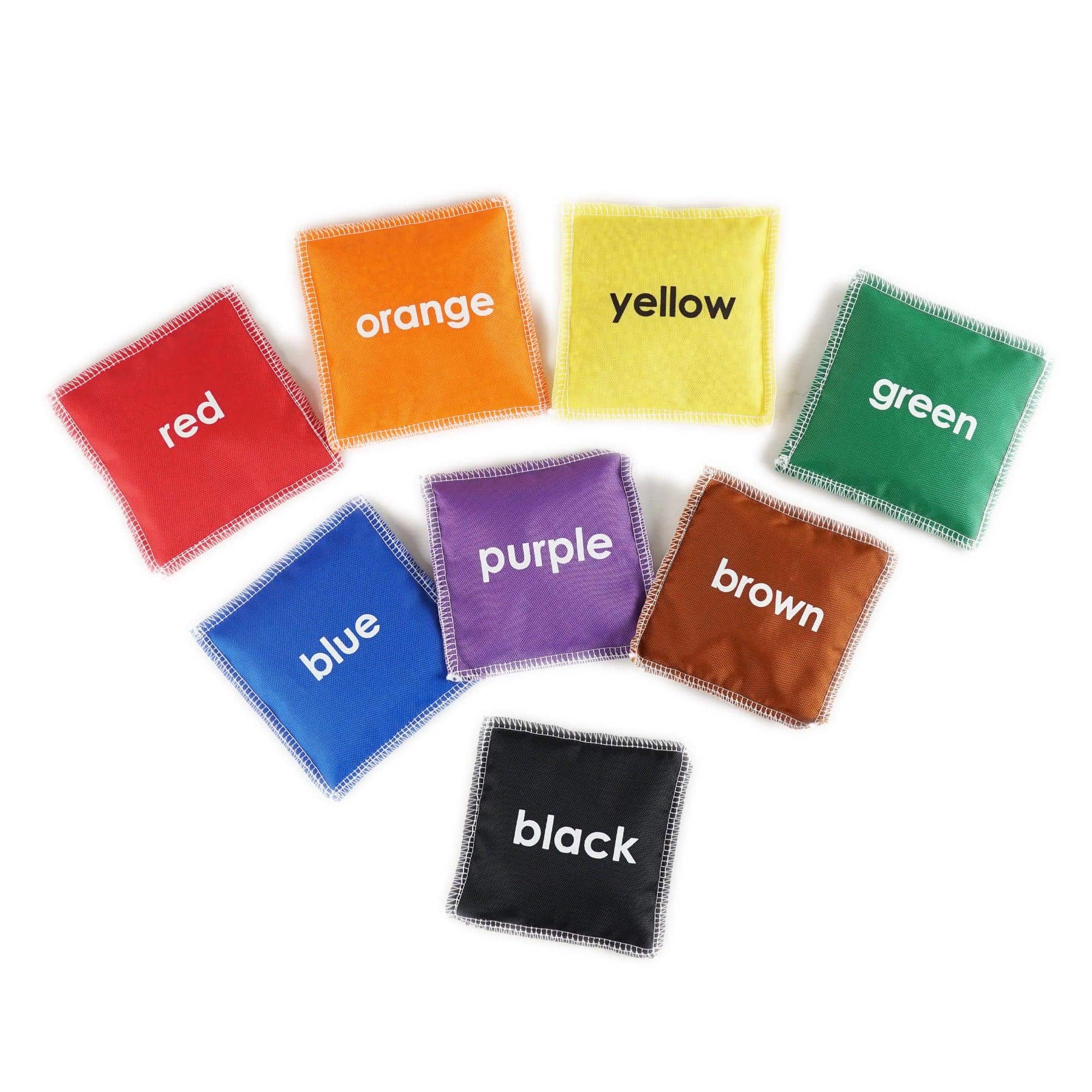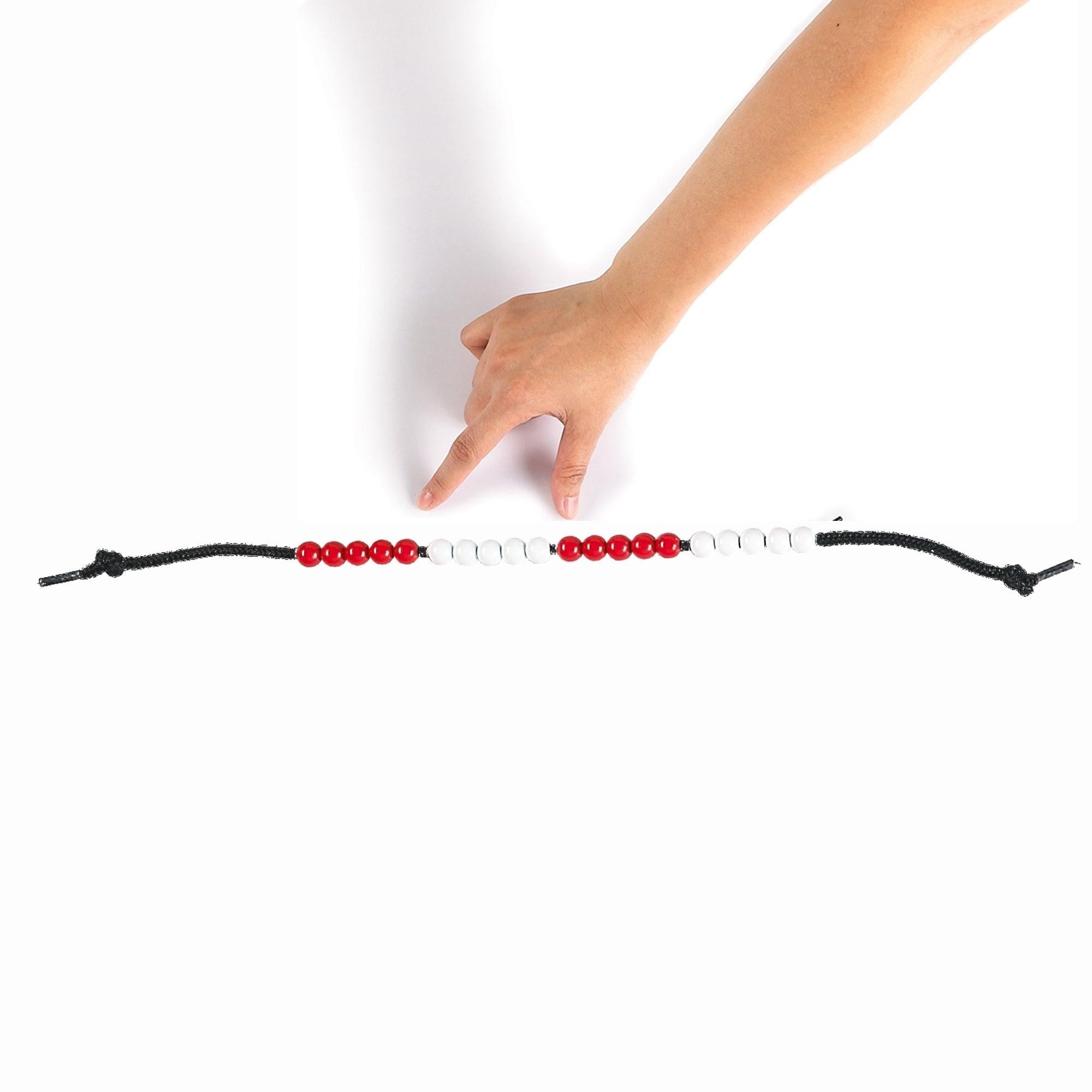The Connection Between Toys and Cultural Identity
Toys have always played a significant role in shaping a child’s understanding of the world around them. Beyond being objects of amusement, they serve as powerful tools that reflect and influence a child’s cultural identity. In this blog article, we will explore the intricate connection between toys and cultural identity, how toys help children embrace their heritage, and how they contribute to a diverse and inclusive society.
Features:
- Educational Value: Toys can educate children about their cultural heritage, traditions, and history. They provide a hands-on way to learn and understand different aspects of their identity.
- Representative Figures: Toys featuring diverse characters from different cultures help children see themselves and others they can relate to. This representation fosters a sense of belonging and inclusion, promoting cultural diversity.
- Traditional Game Sets: Game sets derived from specific cultures, such as chess, mahjong, or mancala, not only teach children strategic thinking but also create a bridge with their cultural roots, enabling them to connect past and present generations.
- Language Learning: Toys that incorporate language learning elements like bilingual books or vocabulary-building games allow children to appreciate and understand different languages, fostering an appreciation for diverse cultures.
- Folklore and Mythology: Toys inspired by traditional folklore and mythology stories give children a glimpse into epic tales and ancient legends, enabling them to understand their cultural heritage in an engaging and imaginative way.
- Cultural Costumes and Accessories: Dress-up toys featuring traditional clothing and accessories from various cultures enable children to explore, appreciate, and understand diverse customs, promoting tolerance and respect for different traditions.
- Craft and DIY Kits: Toys that promote traditional crafts like origami, beading, or painting specific to certain cultures allow children to learn hands-on skills while connecting with their cultural roots.
- Music and Instrumental Toys: Instruments inspired by various cultural traditions not only introduce children to the universal language of music but also immerse them in different melodies and rhythms, enriching their cultural sensitivity.
Overall, toys play a vital role in shaping a child’s cultural identity by providing an avenue for learning, self-expression, and appreciation of diversity. Through educational and representative features, they facilitate the understanding of different cultural backgrounds, fostering a more inclusive society where children can embrace and celebrate their own heritage, as well as appreciate and respect others.




